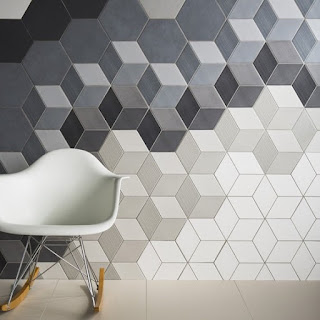A hydronic heating system is a type of heating system that uses water as a medium to transfer heat. The system is comprised of a boiler, which heats the water, and a network of pipes that distribute the hot water throughout the building. The hot water can be used to heat the air via radiators, baseboard heaters, or even underfloor heating.
Why You Should Choose Hydronic Heating Systems?
Hydronic heating systems are efficient, quiet, and provide consistent warmth throughout a space.
They can also be zoned to allow for customized temperature control and can be used for both heating and cooling.
Additionally, they have a long lifespan and are environmentally friendly due to their use of water as a heat transfer medium.
Why is Water Pump Important in Hydronic Heating Systems
A water pump is essential in hydronic heating systems as it circulates hot water from the boiler to the radiators or other heat emitters, ensuring even heat distribution throughout the space. Without the pump, the water would not flow and the system would not work efficiently.
To keep your hydronic heating systems working all the time here are 3 ways to check and maintain its water pump efficiency.
How to Check Water Pumps in Hydronic Heating Systems
1. Check the Water Pressure
One of the first things that need to be done when checking a water pump in a hydronic heating system is to check the water pressure. The pressure can be checked using a pressure gauge.
A pressure gauge can be attached to a valve on the system to get a reading. The ideal pressure range for a hydronic heating system is between 12-15 PSI.
If the pressure is too low, then the pump may not be able to operate correctly. If the pressure is too high, the system may have been overfilled, or the pressure relief valve may not be working correctly.
2. Inspect the Pump Housing
The next step is to inspect the pump housing. Look for signs of corrosion, rust, or cracks. If the housing is damaged, then the pump will need to be replaced.
It is also essential to inspect the impeller, which is responsible for moving the water through the system. The impeller should be free of any debris or buildup that could impede its operation.
3. Check Electrical Connections
The electrical connections to the water pump should be checked to ensure they are tight and free of corrosion. Loose or corroded connections can lead to a loss of power to the pump, resulting in reduced efficiency or complete failure.
If any connections are loose, they should be tightened or replaced as necessary.
Overall, hydronic heating systems are an effective and energy-efficient way to heat buildings. They are particularly well-suited to larger buildings or those with unique heating requirements such as historic buildings or homes with radiant floor heating. Just be sure they are in tip-top shape so hot water will regularly flow into your home.















